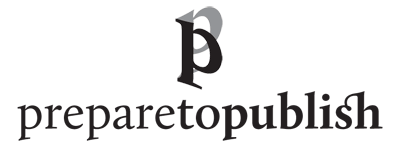self-publishing • writing/editing • formatting/design
Many thanks for your prompt and informative response, Andrew! The information you provided in your answer is very helpful.
Jack Kaufman
If you have any general question about the writing or publishing process (everything from routes to market right down to asking about grammar, file formats or royalties), you can ask it here – I will send you the answer, and may publish it in the FAQ below. (Who am I?)
If you have specific questions about your book, such as asking whether it is ready to publish, what sort of help you might need or a more detailed response to your writing/editing/design, please see here for book consultancy (£49 one-off fee).
Previous answered questions
- How do I upload my book to Amazon KDP? A quick guide
- How do I get my book into bookstores?
- Do I need an ISBN?
- Are Amazon ads worth it?
- What sort of paper should my book have?
- What is the best way to go about acquiring the publishing rights for self-published books?
- How should I tell my life story?
- Are self-published books successful?
- Is self-publishing expensive?
- Is self-publishing worth it?
- How do I self-publish a book?
- How do I publish a book?
- How do I set up an account with Amazon KDP?
- How do I set up an account with IngramSpark?
